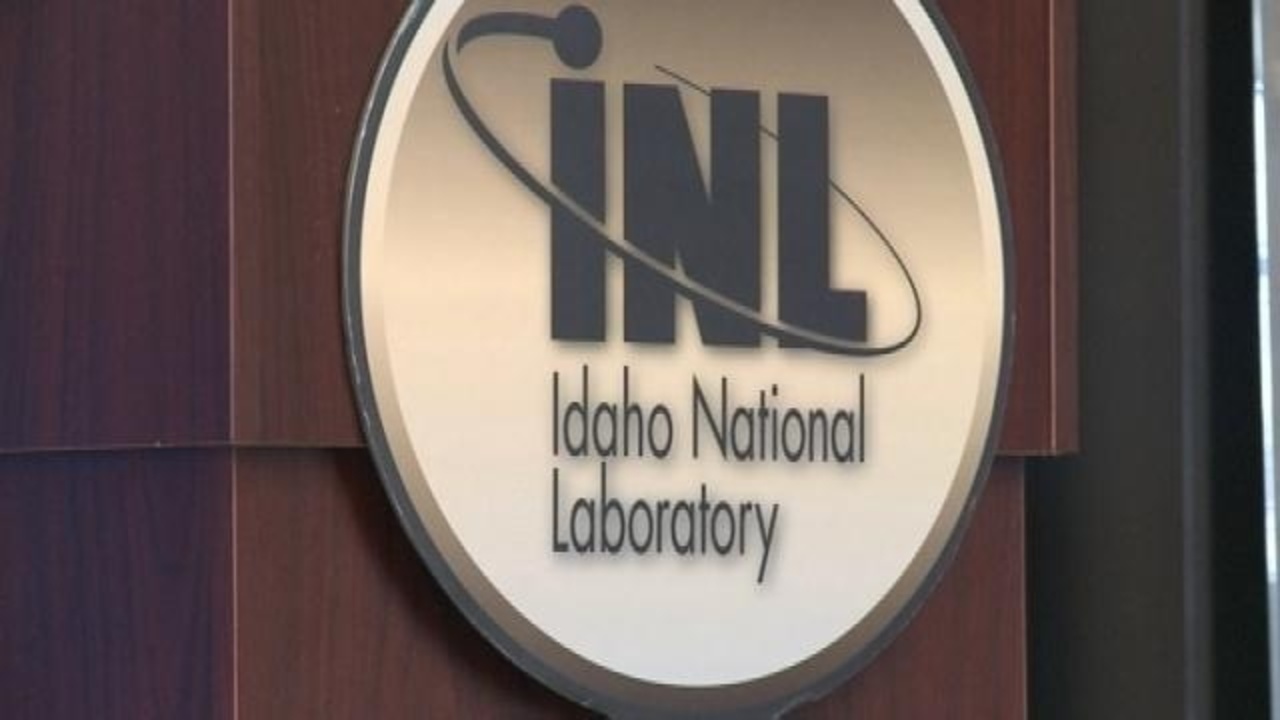Radioactive waste cleanup paying off for giant Idaho aquifer

BOISE, Idaho (AP) - Radioactive and chemical contamination in a giant aquifer below an eastern Idaho federal nuclear facility has decreased or remained constant in recent years, scientists say.
A report released earlier this year by the U.S. Geological Survey attributes the decreases to radioactive decay, changes in waste-disposal methods, cleanup efforts and dilution from water coming into the Lake Erie-sized Eastern Snake Plain Aquifer.
"The overall aquifer is looking pretty good compared to what it used to be," said Roy Bartholomay, a U.S. Geological Survey scientist and one of the report's authors. "But we still have a few of these wells that keep us scratching our heads."
The report said contamination levels at all but a handful of nearly 180 wells are below acceptable standards for drinking water as set by the U.S. Environmental Protection Agency.
The contamination originated at an 890-square-mile U.S. Department of Energy site that includes the Idaho National Laboratory, considered the nation's leading nuclear research lab.
The 2016 to 2018 study tracked water quality in the aquifer that supplies water to cities and farms in the region. It's part of an on-going monitoring program that started in the 1960s.
There are a handful of wells that continue to have concentrations of radioactive elements above drinking water standards, but they are near nuclear facilities. The report noted that the number of wells failing to meet drinking water standards has decreased from a similar study three years ago.
The nuclear site started operating in the late 1940s under the Atomic Energy Commission, a forerunner to the Energy Department, and contamination of the aquifer began in 1952, according to the report.
Contamination reached the aquifer through injection wells, unlined percolation ponds, pits into which radioactive material from other states was dumped, and accidental spills mainly during the Cold War era before regulations to protect the environment were put in place.
Tritium accounted for most of the radioactivity in water discharged into the aquifer, the report said, but also included strontium-90, cesium-137, iodine-129, plutonium isotopes, uranium isotopes, neptunium-237, americium-241, and technetium-99.
The report found that the concentration of tritium in a tritium plume in the aquifer has decreased from the last study. The concentration is below levels of what the Environmental Protection Agency considers safe, the report said.
The use of injection wells to dispose of radioactive waste directly into the aquifer persisted until 1984. After that, it was put into infiltration ponds, a practice discontinued in the early 1990s.
"Nowadays, we're just more environmentally conscious," Bartholomay said.
It takes from 50 to 700 years for water to travel through the aquifer and emerge in springs near the cit y of Twin Falls.
The Energy Department didn't immediately respond to an inquiry from The Associated Press on Thursday.
Additionally, in 1972, about 19,000 gallons of highly radioactive sodium bearing waste that involved tritium, strontium-90, cesium-137 and plutonium-238 spilled during a failed underground transfer at the Idaho Nuclear Technology and Engineering Center's tank farm.
The report said that spill accounts for most of the strontium-90 to the groundwater at the tank farm, with three other locations at the tank farm accounting for the rest.
The liquid waste formed as part of a process to recover uranium from spent nuclear fuel. About 900,000 gallons of liquid waste remains at the site in three tanks. The Energy Department has been trying to turn that liquid waste into a more stable solid as part of a 1995 agreement between Idaho and the Energy Department.
The agreement followed a series of federal court battles amid concerns by Idaho officials that the state was becoming a nuclear waste dump. The agreement is the reason for much of the cleanup work at the site.
That cleanup included removing buried radioactive waste from the site and sending it to the Energy Department's Waste Isolation Pilot Plant in New Mexico.
Much of that work is done, and Bartholomay said the next step is putting a cap on those areas so water can't percolate through the area and transport any residual radioactive or chemical contamination to the aquifer.






